When it comes to leaks, things can escalate quickly. Even a problem that starts small can become a catastrophic event, so how to be prepared?
Whether the source is a failed fitting, a collision or grounding, broken thru hull, leaking prop shaft or even something as simple as a loose hose clamp, leaks need to be addressed quickly. As a liveaboard cruiser or offshore sailor, understanding how to prevent and respond to leaks is an important part of staying safe on the water.
A run in with an unmarked fishing net at night led to a near catastrophic event for this monohull. The crew battled the water tirelessly while an emergency tow and lift was organized to save the vessel, documented by Bruce from Sailing Monastrell.
Leaks can be dangerous
One of the main things you want your boat to do is keep water out. A small leak through a loose deck fitting might not be so bad, but a bigger leak through a hatch or window is a problem, and anything under the waterline is serious.
A hole that’s about 3 cm by 3 cm (1” x 1”), located 20 cm (8”) below the waterline, can let in around 120 liters (32 gallons) of seawater every minute. Drop that same hole to 80 centimeters deep (31”) and it’ll let in around 220 litres a minute (58 gallons), more than most standard bilge pumps can handle.
There’s also another problem to consider beyond the water; electricity. Many vessels, especially monohulls, store batteries in the lowest part of the hull for balance and weight distribution, as well as the cooler air temperatures. If the bilge were to flood and the water reach the electrical system, it can take out the power causing all electric pumps to stop.
Find the source, plug the hole
When a leak occurs your most important task is to stop or slow the ingress of water. Turn on all available bilge pumps immediately, but focus on finding and plugging the source.
In a real emergency almost anything can be used to plug a hole temporarily. Cushions, towels, blankets, floor mats, a shammy cloth and even sleeping bags can be pressed against the source of the leak. Using your hand, foot, or body weight to try to reduce the flow of water can help you buy time while someone else gathers proper materials.
What’s most appropriate will depend on where and how the water is getting in.
- Soft wood or rubber plugs, also known as damage control bungs, emergency plugs or DC plugs, can be wedged in to stop the water flowing through a hose, fitting or hull damage.
- If the breach is large or irregular, pulling a tarp or sail across the outside of the hull can be surprisingly effective as the water pressure will help hold it in place from the outside. Some boats carry dedicated leak sails or collision mats for this very reason.
- For smaller leaks rubberized waterproof tape like Flex Tape may be useful.
- In a crisis, dismantling parts of your boat like drawers or wooden panels to use as emergency plugging materials can mean the difference between saving the boat or losing it, so think outside the box and don’t hesitate.
While working to plug the hole and pump the water, try to stay calm and breathe – panic can make these situations much worse. Alert other vessels in the area to what is happening and monitor the water level in case it starts to become high enough that an evacuation may be necessary.
- The source of this leak was not fully evident until the boat was lifted.
- Front bilge water level below floor boards again, after pumping.
Improving your bilge pump setup
Most production boats come with a basic bilge system that has one electric pump and maybe a manual backup. That’s a good starting point, but it’s not a complete solution.
An engine-driven impeller pump, linked to your main engine, can dramatically increase your de-watering capacity. These pumps are powerful and always ready when the engine is running. Some cruisers also install a switchable cooling intake, allowing the engine to draw water from the bilge instead of from outside.
Another solution is having a portable water pump onboard that can be deployed in an emergency. There are high capacity pumps that run on petrol and pump over 100 gallons per minute, as well as compact 18v battery powered solutions. Some of those can pump over 25 gallons per minute and could help prevent the installed bilge pumps from becoming overwhelmed.
Improving your bilge pump system doesn’t need to cost thousands. For a few hundred dollars, you can significantly improve your chances of controlling flooding until help arrives or repairs can be made.
- Water being pumped out by an industrial pump before the boat was emergency lifted.
Preventing leaks
A bit of preparation goes a long way and leaks are often avoidable, or at least manageable, if you’ve done some work in advance. Here’s some practical tips for preventing leaks becoming a catastrophic event on your boat.
- If you notice dry salt inside the hull it may be from a leak, so check the area carefully for potential sources.
- Inspect all thru hulls, seacocks, and hoses regularly, and replace any suspect hose clamps or fittings before they fail.
- Store softwood bungs near each thru-hull. It’s a good idea to label them and tether them in place so they’re easily accessible in an emergency.
- It’s one thing to talk about leak response, another to do it while wet, tired, and under pressure. Make an action plan with your crew, review it regularly and practice using the relevant equipment including the manual bilge pumps so everyone knows how they work.
- Keep essential tools easily accessible. A hammer, saw, and pry bar aren’t just for projects, they can help you improvise repairs. Materials like waterproof tapes, sealant and underwater repair kits can also be useful.
- Ensure bilge pumps and the bilge alarms are tested regularly.
- Consider where you keep your damage control gear. If it’s buried in a locker or stowed behind a pile of other things, it can be as good as useless in an emergency.
Know when to ground the boat
Obviously this is not a step anyone wants to take, but if all else fails, there’s no haul outs facilities nearby and the leak has become serious enough that the vessel is sinking, it can be better to ground the boat intentionally than to lose it entirely. A controlled grounding gives you a shot at salvage. Sinking, on the other hand, doesn’t leave many options.
In saying this, before any attempt at grounding is made the conditions must be assessed. A relatively calm day with nearby sandy shallows is very different to stormy seas with a rocky coastline. Your safety and the safety of the people aboard is the paramount concern.
Final thoughts
Severe leaks are one of the most serious emergencies you can face on a boat. The best way to manage them is to plan ahead, keep calm under pressure, and be ready to act fast with whatever is at hand, remembering to plug first, pump second.
If you’ve ever faced a serious leak at sea and have a tip or lesson learned, be sure to share your experience in the comments. The best advice often comes from those who’ve been there and the NoForeignLand community is all about sharing information to help our fellow cruisers.

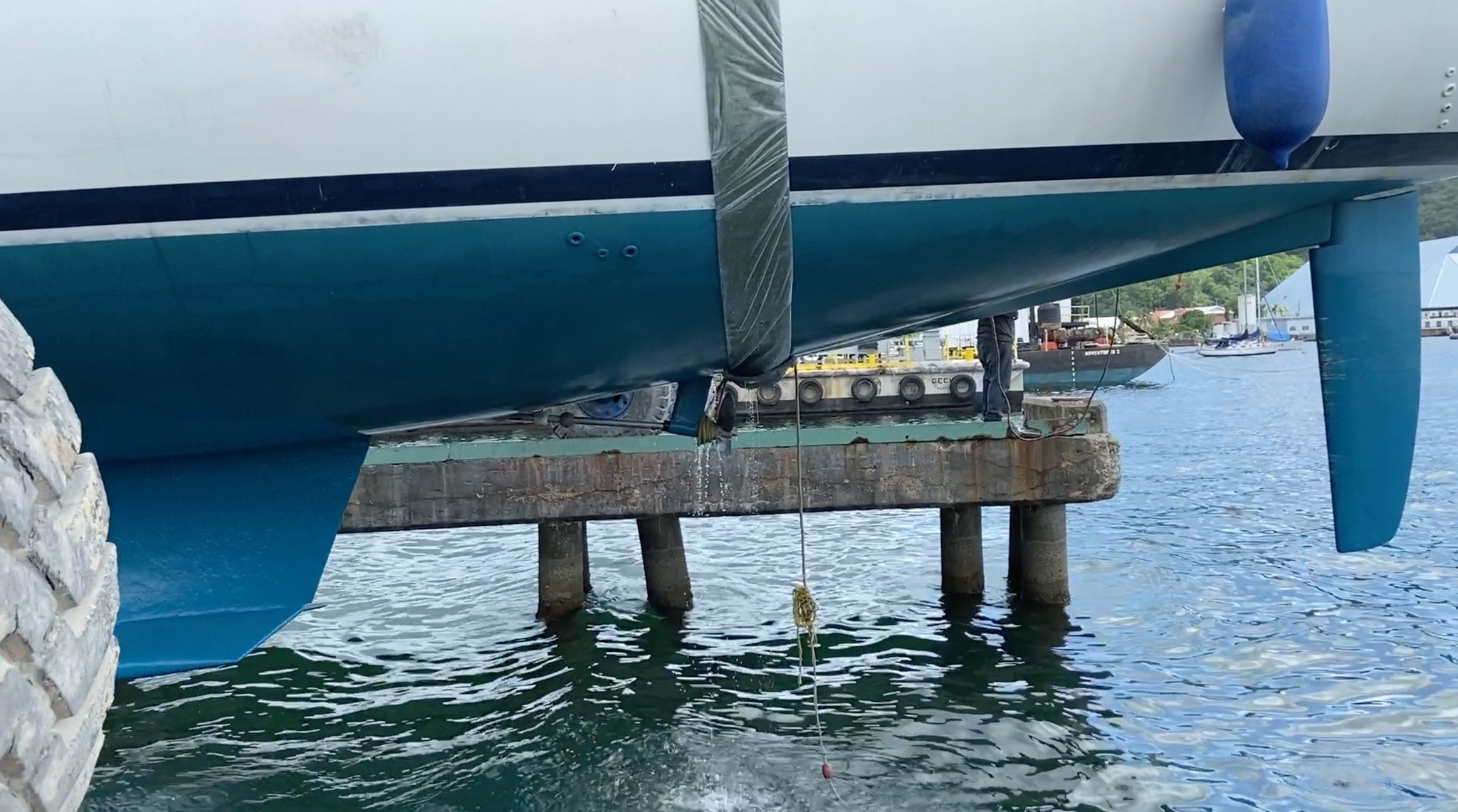
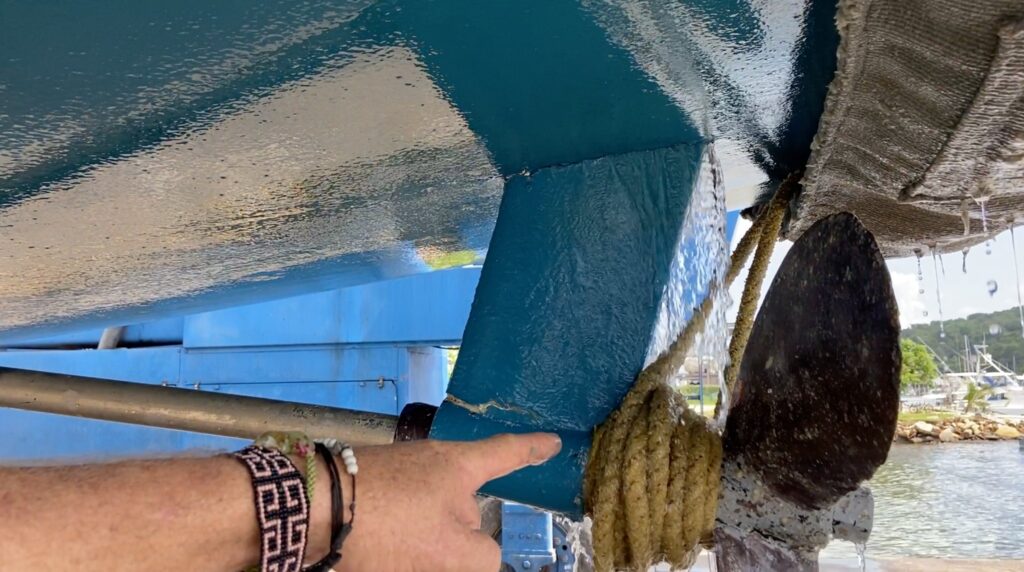
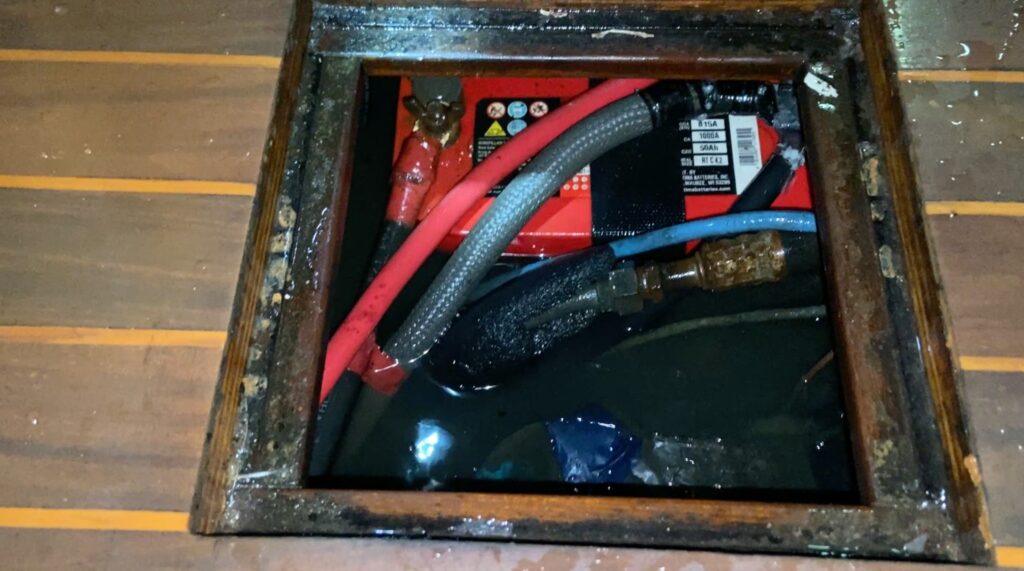

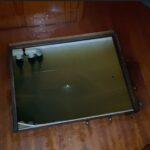
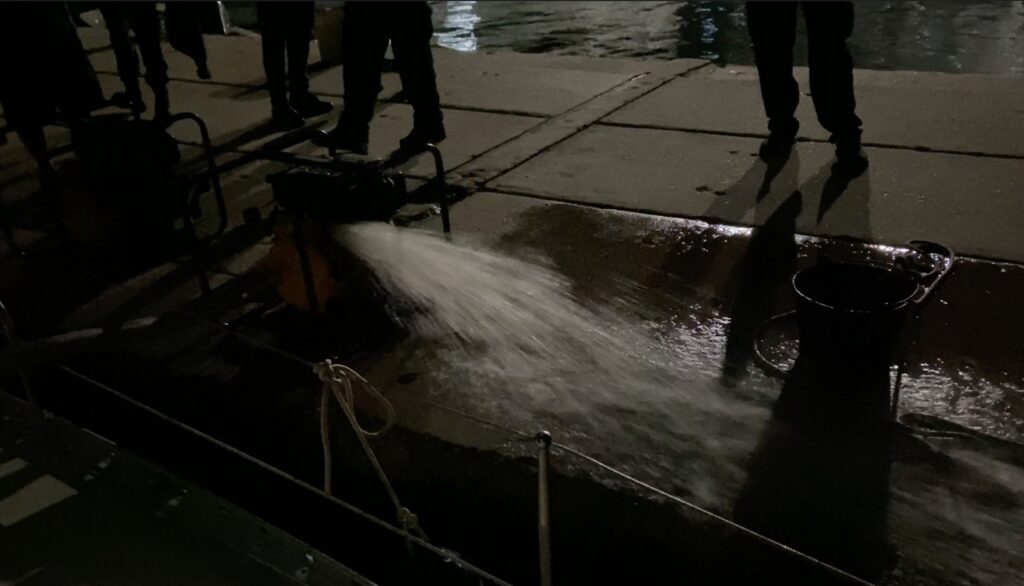
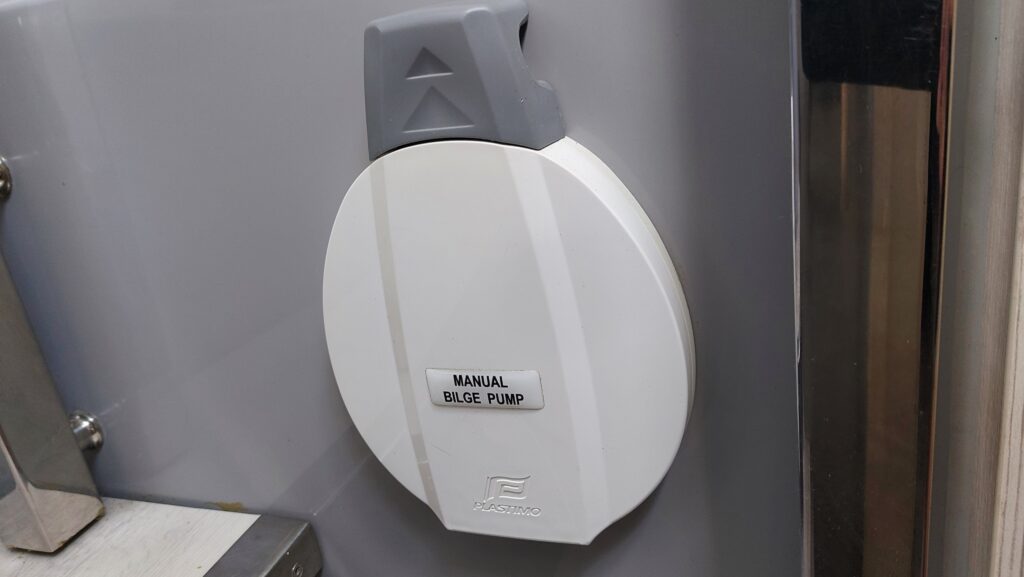




Another great article.
Certainly made me think!
Being a catamaran, with two bilges, we have a focus on our bilge alarms, which we test daily.
Port and stbd have both audible and visual alarms at the helm station.
Thanks!
Cheers
Richard
Good article, thank you. In addition to a variety of bungs, we also carry several packages of toilet bowl wax rings. They are inexpensive and easily shaped to plug a hole quickly.
SV Zia